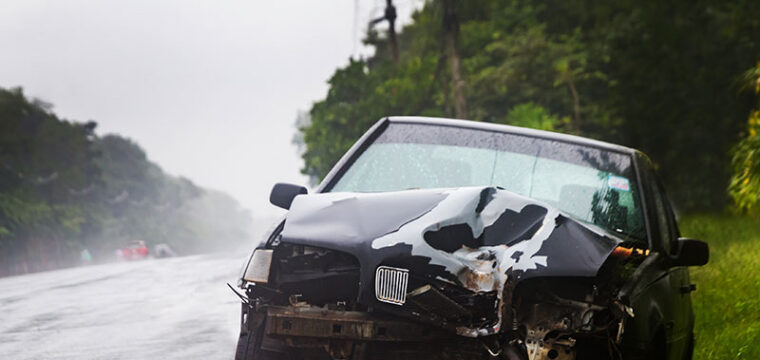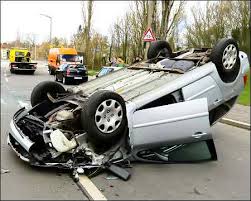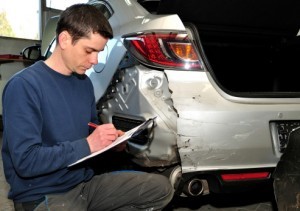Life comes to a standstill when an unpredictable situation happens. Car crashes are one of those unforeseen moments. In addition to vehicle damage, drivers and passengers can sustain injuries – both physical and mental.
What Crashes Lead to a Personal Injury Case?
Car crashes account for the highest amount of personal injury claims in the United States. Crash-related injuries can be as minor as a small cut or bruise or as life-altering as a head injury, permanent disability or even death. Learning about the most common car crashes can help you understand what to anticipate and how you may be entitled to compensation.
Common Car Crashes include:
Rear-End Collision
A rear-end collision is the most common type of car crash with 29% of all crashes leading to injury. Drivers and passengers rarely have time to brace themselves for a rear impact causing whiplash, spinal disc injuries or other injuries to the head, neck or back. The driver who strikes the rear-ended vehicle is usually at fault. However, both drivers may share blame for the incident if the lead driver slams on their brakes or fails to use a turn signal.
“T-Bone” Collision
In a “T-Bone” collision, one vehicle crashes perpendicularly into the side of another. Drivers usually have these crashes at intersections where others are speeding, turning left or moving through the intersection without stopping at a stop sign or red light. This type of crash is dangerous because it gives less space for passengers to absorb the initial impact. One or both drivers can be at fault in a t-bone collision. It is important to look both ways and pay attention to signage before entering oncoming traffic.
Crashes while Merging
Drivers who fail to check their blind spots can cause a crash while merging. This type of crash typically occurs on an interstate or multilane highway, where there is frequent movement between lanes. Common injuries include whiplash, traumatic brain injury and neck or back pain from the sideswipe of the oncoming vehicle. While many of these crashes are minor, they can also be dangerous when speeds increase or if multiple vehicles are involved.
Head-On Collision
Head-on collisions are widely considered to be the most dangerous car crash to be involved in. While statistics estimate these crashes make up only 2% of all collisions, they account for over 10% of all driving fatalities due to the forces absorbed by drivers and their passengers. In a head-on collision case, drivers who cross the centerline, travel in the wrong direction while under the influence or asleep or neglecting to follow traffic laws are at fault. However, if a person has a medical emergency at the wheel, they may not be liable for personal injuries caused in the crash. These cases require thorough investigation into the driver’s health history and the medical conditions that contributed to cause the crash.
What to Do After a Crash
Car crashes disrupt daily life and leave a shockwave of emotions after the impact. Following an incident, it is crucial to follow these steps to successfully make a personal injury claim.
- Check for injuries and call the authorities. Tell the dispatcher all details of your crash including your location, the identity of the other driver and the vehicle they were driving and who is hurt.
- Gather insurance information. Obtain the other driver’s insurance policy number, license plate and contact details. If possible, take a photograph of the other driver’s license, insurance card and vehicle. If you are seriously injured, you will rely on the police report to record and memorialize the information.
- Take note of evidence. Use your cell phone to take photographs of the scene, the involved vehicle and any evidence on the roadway. If you are able, talk with and note the names and contact information of any witnesses at the scene after the accident.
- Receive medical treatment. When paramedics arrive at the scene, let them treat you and follow their instructions and next steps. Failing to accept medical care at the scene or following the instructions given you by emergency medical providers both at the scene and later in the emergency room can affect your personal injury claim.
Here to Help
We understand car crashes are a jarring experience. But, when the situation strikes, we want you to be prepared and know you have trusted personal injury attorneys who are here to support you.
Visit the Casey, Devoti & Brockland automotive accidents blog to receive additional resources.









